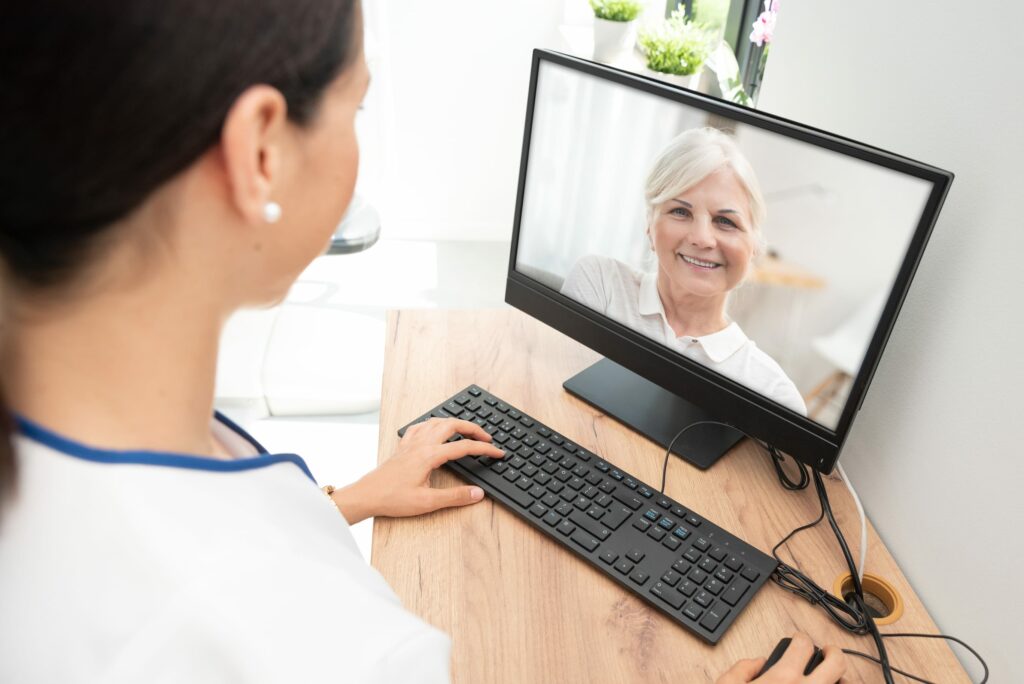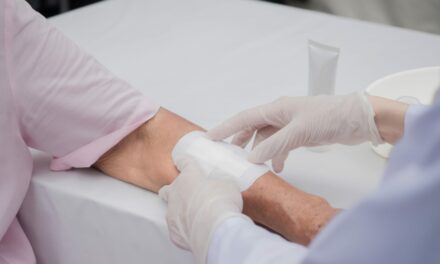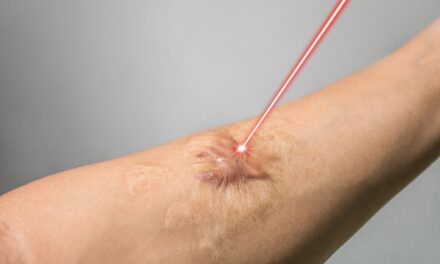Dermatologists are enhancing post-treatment care by implementing effective patient education strategies, including digital tools and personalized programs.
Effective patient education is essential for optimizing post-treatment care in dermatology. Comprehensive education strategies ensure that patients understand their treatment plans, adhere to post-treatment instructions, and engage in behaviors that promote healing and satisfaction. This article explores various patient education strategies that dermatologists can implement to improve post-treatment outcomes.
Best Practices for Patient Education

Verbal and Written Instructions
Providing clear and concise verbal instructions during consultations is a fundamental aspect of patient education. However, verbal instructions alone may not be sufficient. Written materials, such as brochures or handouts, can reinforce the information given verbally. These materials should include step-by-step instructions, potential side effects, and when to seek further medical advice.
Visual Aids and Demonstrations
Visual aids, such as diagrams and videos, can enhance understanding by illustrating complex procedures and post-care routines. Demonstrations, either in-person or through video tutorials, can be particularly effective in showing patients how to apply topical treatments or perform wound care.
Research Insights
Studies have shown that patients who receive both verbal and written instructions have better adherence to post-treatment care protocols. For example, a study published in the Journal of the American Academy of Dermatology found that patients provided with detailed post-treatment care instructions experienced fewer complications and reported higher satisfaction levels.
Leveraging Digital Tools for Patient Education

Mobile Apps and Online Resources
Mobile apps and online platforms can provide continuous support and easy access to educational content. These tools can include features such as reminders for medication and follow-up appointments, instructional videos, and FAQs.
Telemedicine for Follow-Up Care
Telemedicine can facilitate ongoing education and support. Virtual follow-up appointments allow dermatologists to monitor patient progress, answer questions, and provide additional instructions as needed. This can be particularly useful for patients who may have difficulty attending in-person visits.
Research Insights
A study in the Journal of Medical Internet Research reported that patients using a post-treatment care app showed increased adherence rates and reported higher satisfaction with their treatment outcomes. Additionally, telemedicine follow-ups have been shown to improve patient engagement and reduce the need for in-person visits, further enhancing compliance and satisfaction.
Personalized Education Programs

Tailoring Information to Individual Needs
Customized education programs that take into account individual patient needs, preferences, and literacy levels are more effective. Personalized care plans and one-on-one education sessions can address specific concerns and ensure that patients fully understand their treatment and aftercare.
Group Education Sessions
Group sessions can provide additional support and education. These sessions can cover general post-treatment care topics and allow patients to share experiences and ask questions in a supportive environment.
Research Insights
A systematic review in the Journal of Dermatology indicated that personalized patient education programs significantly improve treatment adherence and patient satisfaction. These programs, which often include both individual and group sessions, were found to be particularly effective in managing chronic conditions like psoriasis and eczema.
Case Studies and Real-World Applications
Successful Implementations in Dermatology Practices
Several dermatology practices have successfully integrated comprehensive patient education programs. For instance, a practice that developed a robust educational program incorporating digital tools, printed materials, and personalized follow-up consultations reported a 40% increase in patient compliance and significantly improved patient satisfaction scores.
Looking Ahead
Optimizing post-treatment care through effective patient education strategies is crucial for enhancing patient outcomes and satisfaction. Dermatologists can achieve this by employing clear communication methods, leveraging digital tools, and personalizing education programs to meet individual patient needs. By doing so, they can ensure that patients are well-informed, compliant, and satisfied with their treatment and recovery process.
References
- Journal of the American Academy of Dermatology. (2021). Impact of detailed post-treatment care instructions on patient outcomes.
- Journal of the American Academy of Dermatology. (2021). Improved patient satisfaction through comprehensive post-care instructions.
- Journal of Medical Internet Research. (2020). Effectiveness of digital health tools in dermatology post-treatment care.
- Journal of Medical Internet Research. (2020). Telemedicine follow-ups in dermatology: Enhancing patient engagement.
- Journal of Dermatology. (2019). Personalized patient education programs for chronic dermatological conditions.
- Journal of Dermatology. (2019). Impact of tailored education on patient adherence and satisfaction.
- Dermatology Times. (2018). Case study: Implementing comprehensive patient education programs in dermatology practices.
- Dermatology Times. (2018). Success stories in patient education and post-treatment care.
Photo 42602270 © Katarzyna Bialasiewicz | Dreamstime.com




